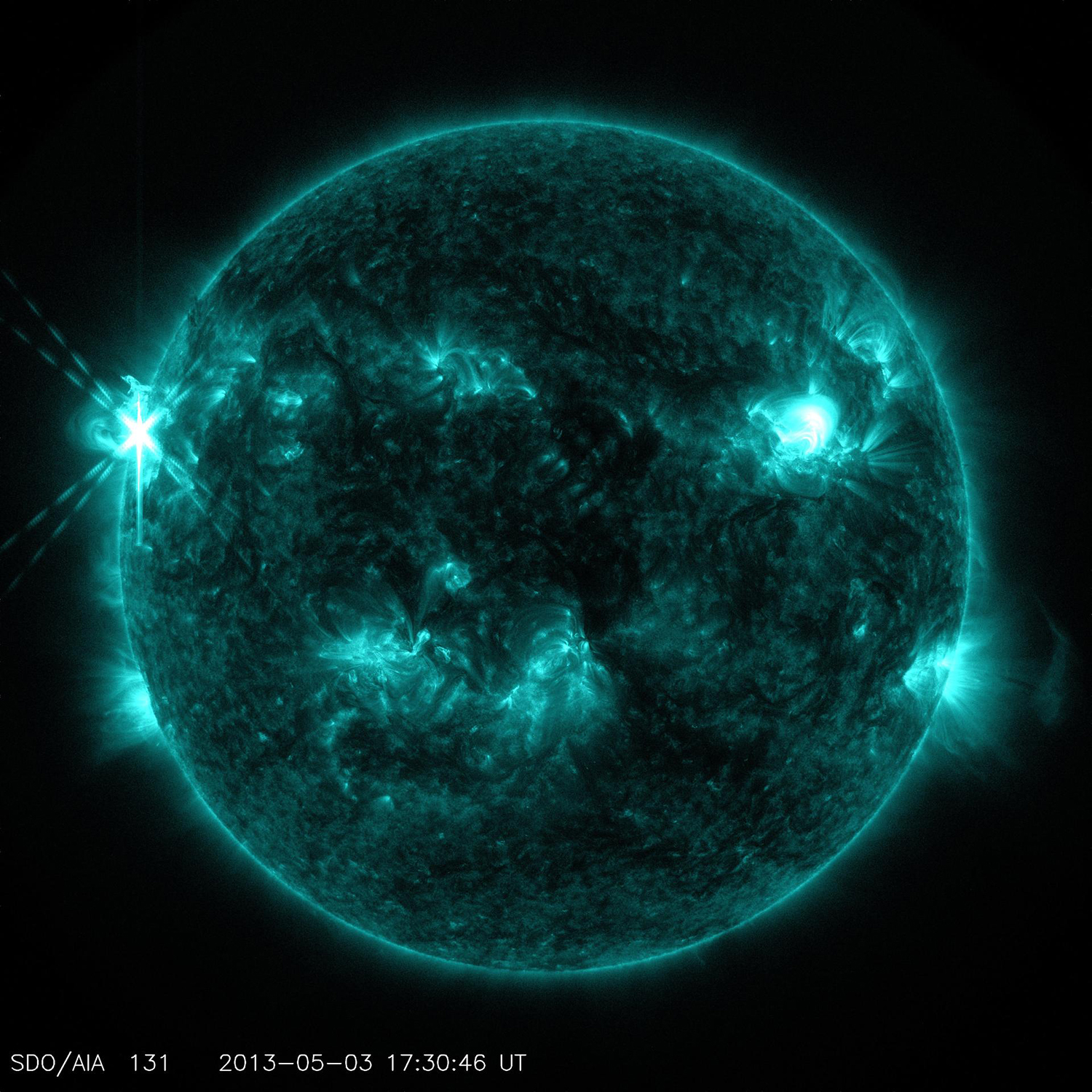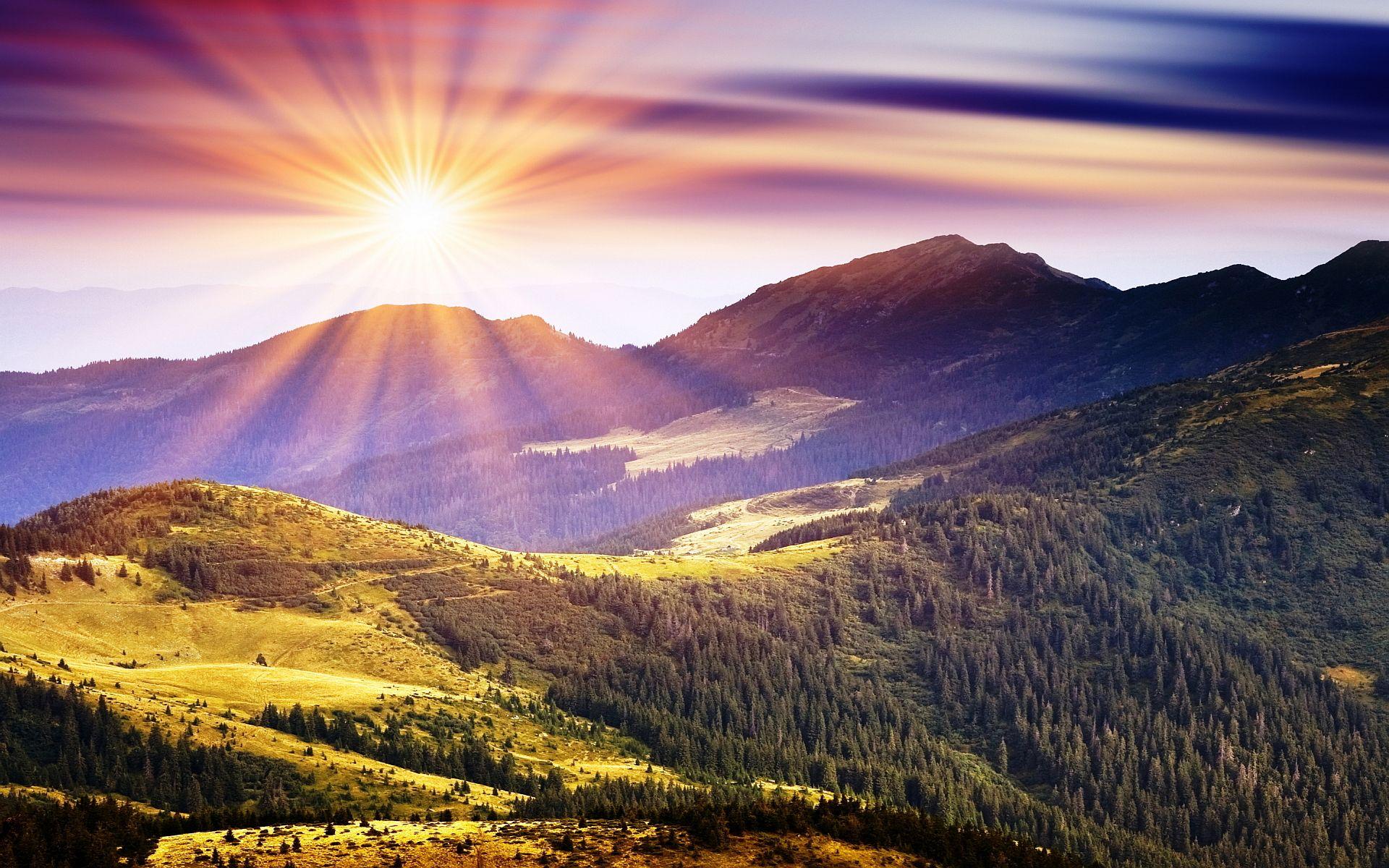- Abuse & The Abuser
- Achievement
- Activity, Fitness & Sport
- Aging & Maturity
- Altruism & Kindness
- Atrocities, Racism & Inequality
- Challenges & Pitfalls
- Choices & Decisions
- Communication Skills
- Crime & Punishment
- Dangerous Situations
- Dealing with Addictions
- Debatable Issues & Moral Questions
- Determination & Achievement
- Diet & Nutrition
- Employment & Career
- Ethical dilemmas
- Experience & Adventure
- Faith, Something to Believe in
- Fears & Phobias
- Friends & Acquaintances
- Habits. Good & Bad
- Honour & Respect
- Human Nature
- Image & Uniqueness
- Immediate Family Relations
- Influence & Negotiation
- Interdependence & Independence
- Life's Big Questions
- Love, Dating & Marriage
- Manners & Etiquette
- Money & Finances
- Moods & Emotions
- Other Beneficial Approaches
- Other Relationships
- Overall health
- Passions & Strengths
- Peace & Forgiveness
- Personal Change
- Personal Development
- Politics & Governance
- Positive & Negative Attitudes
- Rights & Freedom
- Self Harm & Self Sabotage
- Sexual Preferences
- Sexual Relations
- Sins
- Thanks & Gratitude
- The Legacy We Leave
- The Search for Happiness
- Time. Past, present & Future
- Today's World, Projecting Tomorrow
- Truth & Character
- Unattractive Qualities
- Wisdom & Knowledge
Happiness Tuesdays
Sunshine
Have you ever noticed how much better you feel after seeing the sun?! Sunshine is so important for us for our wellbeing and mental health.
It’s actually proven that spending time in nature helps us be more mentally well.
So if you are in search of happiness, find a way to get outside and get some sunshine.
Here is a list of my favorite ways to get outside for some sunshine in many different seasons:
-
Go for a walk
-
Go for a hike
-
Sit on a park bench and enjoy the scenery
-
Ride a bike
-
Play pickleball/tennis
-
Grab a coffee on a patio somewhere and enjoy
-
Go to the farmer’s market
-
Meet a friend for a walk
-
Join a soccer team
-
Have a bonfire with friends
-
Find a beach and watch the waves/water
-
Go window shopping downtown and see all the sights
-
Get a Remote Control car and find an outdoor track to race it on
-
Find an outdoor skating rink and go skating
-
Read a book in the sun
-
Plant a garden
-
Build a snowman
-
Go sledding
-
Go snowshoeing
This is by no means an exhaustive list! But these are all things that I have done in the name of getting some sunshine. To be honest I’m not a real “outdoorsy” person so I have to be intentional about getting outside for some sunshine.
That’s why I find it really helpful to have a list to pick from! I hope that you will find this list helpful as well, because if you’re anything like me, getting outside is really good for me 🙂
Interesting Fact #1
The Sun is over 4.5 billion years old.
Interesting Fact #2
The surface of The Sun is 5,505 °C.
Interesting Fact #3
The Sun’s light reaches the Earth in eight minutes.
Quote of the day
“Sometimes all you need is a little bit of Sunshine." ― Debatrayee Banerjee
Article of the day - Five surprising facts about the sun
Solar physicist Shea Hess Webber shares some of her favorite things you may not know about the big ball of plasma at the center of our solar system.

Sparked by a medium-sized flare, a long, magnetic filament burst out from the sun on Aug. 31, 2012. Some of the particles from this eruption did hit Earth with a glancing blow on Sept. 3, generating beautiful aurora. | Courtesy of NASA/SDO and the AIA, EVE, and HMI science teams
When it comes to gathering unique knowledge about the sun, Shea Hess Webber is an excellent resource. A solar physicist with the Hansen Experimental Physics Laboratory group at Stanford, Hess Webber’s own journey to this field was distinctive: she traces her interest in the sun to an out-of-this-world childhood situation.
“One of my best friends went through this phase where they were convinced they were an alien, and would tell anybody who would listen that the Mothership was coming back for them,” said Hess Webber. “I was young and impressionable. So, I decided that I needed to study the stars and astronomy and physics to make sure that I could go and visit them after they left.”
Even though she is long-certain that her friend is 100% Earthling, Hess Webber’s fascination with the stars – one in particular – continues.
So, what does Hess Webber still find so special about the sun?
“Well, above all, it’s just beautiful. If you look at the data that we work with, I can’t imagine not wanting to look at this all the time,” said Hess Webber, who is also a member of the Kavli Institute for Particle Physics and Astrophysics. “I’ve been doing this for almost 20 years and I can’t get over it. It’s just really cool.”
Here, Hess Webber shared some of her favorite sun facts:
1. The sun is teal
When I do guest lectures I give the audience a multiple choice question: Is the sun white? Is it yellow? Is it all the colors? Is it teal? The answer is all of the above.
The sun is all colors because it’s what we call a black body radiator. Like all stars, it radiates (at some level) along the entire electromagnetic spectrum, including all of the colors of the visible spectrum. So, the sun is white because it’s a blend of all of these different colors, which turns into white light.
Based on its mass and the temperature at which it’s burning, the sun is also considered a yellow star. As for the teal: If you look at emissions from the sun at each different wavelength – called blackbody curve – the peak emission is teal. So, the sun is emitting at all wavelengths, but the one that it emits the most of is in the teal visible light spectrum, which means the sun is technically teal.
2. The sun is 20.5 years old
An Earth year is one revolution of the Earth around the sun. And in Earth years, the sun is about 4.57 billion years old. By contrast, a galactic year is how long it takes the sun to go around the galaxy. And in terms of galactic years, the sun is around 20.5 years old.
It makes me laugh a little bit because we talk about how old the sun is in Earth years, but the Earth didn’t exist when the sun was born.
3. The sun gets hotter as you move away from it
To set the stage: the core of the sun is approximately 15 million degrees. Then, from the core out to the surface, it decreases in temperature and the surface is approximately 6000 degrees Kelvin. That’s all intuitive – but the further away that you get from the surface of the sun, the hotter it gets. And we don’t know why.
Technically, the sun’s atmosphere extends all the way out to the edge of the solar system. However, there are layers within there. The chromosphere is close to the surface. Then, there’s a transition region, the corona (which is what we see during a total eclipse), and the rest of the heliosphere. The transition region is where the temperature spikes and then it just gets hotter and hotter as you go further out, which is very weird. Another oddity is that, even though each sun particle that is out in that area is several million degrees, the density in space is so low that you would still freeze to death there.

NASA’s Solar Dynamics Observatory (SDO) captured this image of an M5.7 class flare on May 3, 2013, at 1:30 p.m. EDT. This image shows light in the 131 Angstrom wavelength, a wavelength of light that can show material at the very hot temperatures of a solar flare and that is typically colorized in teal. | NASA/Goddard/SDO
4. Getting too much sun can age you, even if you don’t burn
As we mentioned before, the sun has a whole spectrum of different wavelengths that it produces. On Earth, we’re relatively protected because the Earth’s atmosphere absorbs most of this radiation. But the atmosphere does let through ultraviolet light to varying degrees. Lower energy UVA radiation gets through and so does slightly higher energy UVB radiation. (UVC rays make it through to some extent, high up in the atmosphere.)
UVB radiation is what causes sunburn. UVA doesn’t give you sunburn, but it can damage the DNA in your skin and still cause skin aging. Both types of rays can lead to skin cancer. So, use sunscreen even if you’re not getting sunburned, and make sure you use a broad spectrum, which means it’s protecting from both UVA and UVB radiation. Studies have suggested using at least SPF 30 but that anything over SPF 50 is unlikely to offer extra protection.
5. The sun is mysterious
The sun is changing constantly and we don’t really understand the physics behind it. For example, we have a very hard time predicting what’s going to happen at the sun – such as, when there’s going to be a solar flare or coronal mass ejection. Those things could impact the Earth or affect astronauts we send to the Moon (which doesn’t have Earth’s protective atmosphere).
What I was told in grad school is that our capabilities for forecasting space weather is where forecasting Earth weather was about 50 years ago. And consider how often Earth weather predictions aren’t quite right, even now. That gives you an idea of where we’re at in trying to understand this object that is essential for life, but also beautiful and dynamic.
Question of the day - What is your favorite way to get outside for some sunshine?
The Search for Happiness
What is your favorite way to get outside for some sunshine?













